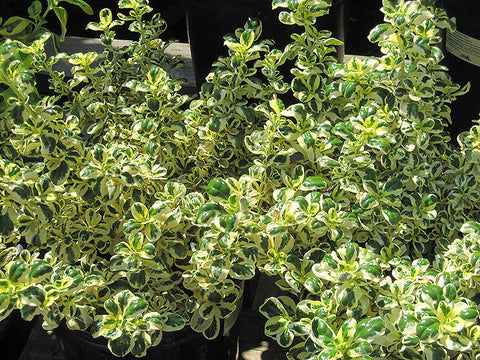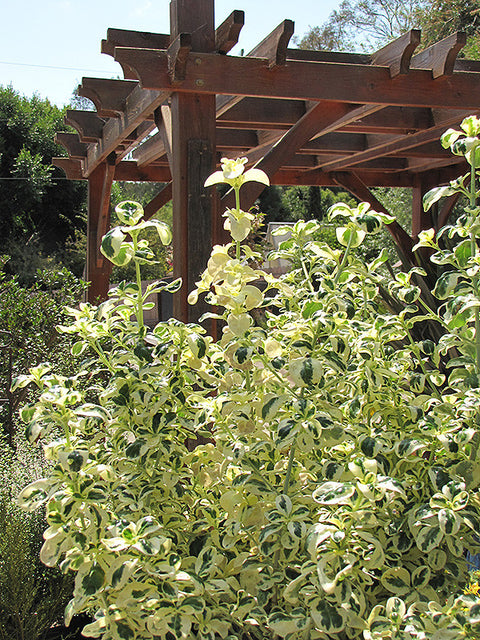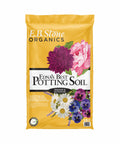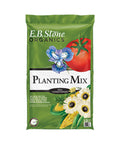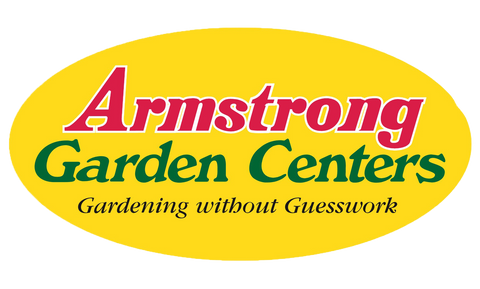Details
Marble Queen Coprosma is a multi-stemmed evergreen shrub with an upright spreading habit of growth. Its relatively fine texture sets it apart from other landscape plants with less refined foliage.
This is a relatively low maintenance shrub, and can be pruned at anytime. Deer don't particularly care for this plant and will usually leave it alone in favor of tastier treats. It has no significant negative characteristics.
Marble Queen Coprosma is recommended for the following landscape applications:
- Mass Planting
- Hedges/Screening
- General Garden Use
- Container Planting
Features
Marble Queen Coprosma has attractive white-variegated dark green foliage with hints of chartreuse which emerges chartreuse in spring. The small glossy oval leaves are highly ornamental and remain dark green throughout the winter. Neither the flowers nor the fruit are ornamentally significant. The smooth khaki (brownish-green) bark adds an interesting dimension to the landscape.
Care
Planting & Growing
Marble Queen Coprosma will grow to be about 4 feet tall at maturity, with a spread of 5 feet. It tends to fill out right to the ground and therefore doesn't necessarily require facer plants in front. It grows at a medium rate, and under ideal conditions can be expected to live for approximately 20 years.
This shrub does best in full sun to partial shade. It does best in average to evenly moist conditions, but will not tolerate standing water. It is not particular as to soil type or pH, and is able to handle environmental salt. It is somewhat tolerant of urban pollution. This is a selected variety of a species not originally from North America.
Marble Queen Coprosma makes a fine choice for the outdoor landscape, but it is also well-suited for use in outdoor pots and containers. With its upright habit of growth, it is best suited for use as a 'thriller' in the 'spiller-thriller-filler' container combination; plant it near the center of the pot, surrounded by smaller plants and those that spill over the edges. It is even sizeable enough that it can be grown alone in a suitable container. Note that when grown in a container, it may not perform exactly as indicated on the tag - this is to be expected. Also note that when growing plants in outdoor containers and baskets, they may require more frequent waterings than they would in the yard or garden.

